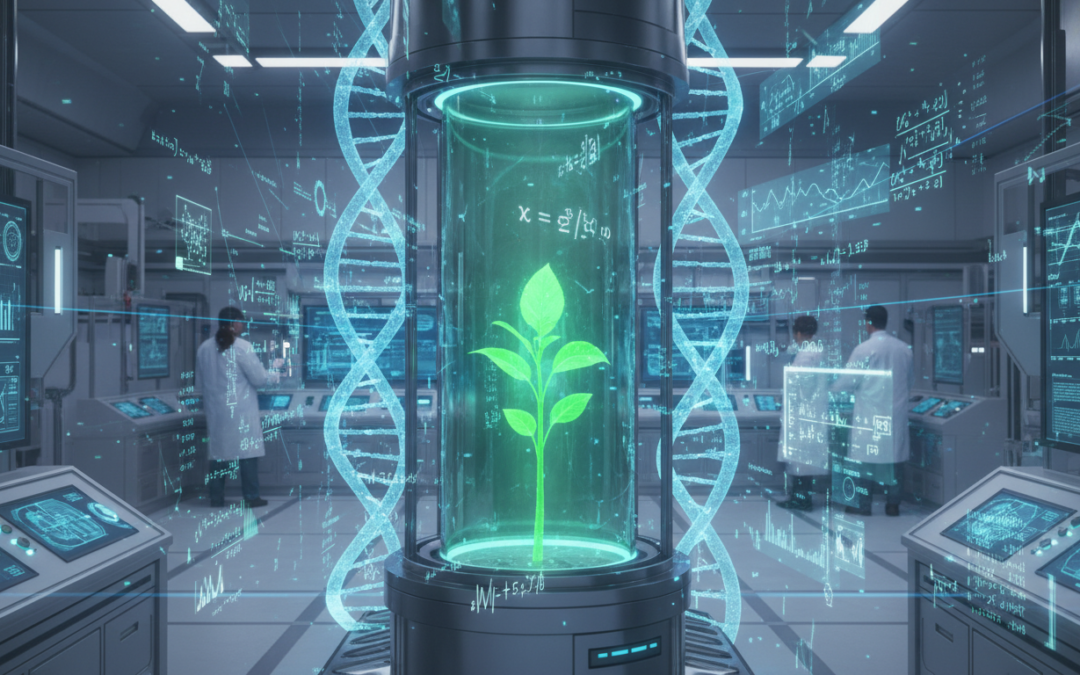Introduction
As the world continues to advance in technological prowess, we also navigate deeper into the realm of biology and genetics. Biotechnology and genetic engineering, two interdisciplinary fields, are changing the face of medicine as we know it. The intersection of these domains has opened avenues for novel treatments and interventions that can redefine healthcare in unprecedented ways.
The Lure of Biotechnology
Biotechnology, the manipulation of living organisms to create functional products, is no longer a concept confined to the pages of science fiction. Today, it plays a pivotal role in healthcare, providing breakthroughs in diagnostics, therapeutics, and the development of drugs.
A notable application of biotechnology in medicine is the production of therapeutic proteins. Insulin, for example, was historically sourced from pigs and cows. However, since the advent of recombinant DNA technology, we have been able to engineer bacteria to produce human insulin, a much safer and more efficient alternative. Biotechnology has also brought forth vaccines developed through recombinant DNA techniques, such as the Hepatitis B vaccine, enhancing their safety and efficacy.
Furthermore, biotechnology has been instrumental in tissue engineering, a field that aims to create functional tissue for clinical applications. By combining scaffolds, cells, and biologically active molecules, researchers can engineer tissue constructs that can replace or support the function of damaged human tissues or organs.
The Promise of Genetic Engineering
Genetic engineering is a game-changer in the realm of medicine. By editing the genetic code of organisms, we can prevent or treat genetic disorders, enhance the human body’s natural abilities, and even extend lifespan.
Gene therapy is one of the significant contributions of genetic engineering to medicine. It involves introducing, removing, or altering genetic material within a person’s cells to treat or prevent disease. For instance, CAR-T cell therapy, a groundbreaking cancer treatment, involves genetically modifying a patient’s T cells to enhance their ability to recognize and attack cancer cells.
Crispr-Cas9, a revolutionary gene-editing tool, has made gene therapy more accessible and accurate. It has the potential to treat genetic disorders such as cystic fibrosis and muscular dystrophy by editing the faulty genes responsible for these conditions.
The Potential of Personalized Medicine
Personalized medicine, also known as precision medicine, is another realm where biotechnology and genetic engineering converge. The goal here is to tailor medical treatment to the individual characteristics of each patient, taking into account their genetic makeup, environment, and lifestyle.
Pharmacogenomics, a subfield of personalized medicine, studies how genes influence an individual’s response to drugs. This knowledge allows healthcare providers to administer the right drug at the right dose, reducing trial-and-error prescribing and minimizing adverse drug reactions.
Conclusion
In the not-so-distant future, advancements in biotechnology and genetic engineering could make customized treatment the norm rather than the exception. Diseases that were once considered untreatable could become manageable or even curable.
However, these promising technologies also bring a set of challenges. Ethical considerations, policy-making, regulations, and public perception of these technologies need careful thought and action. Biotechnology and genetic engineering hold immense promise, but their application in medicine must be guided by ethical standards and rigorous safety testing.
Despite the hurdles, the future of medicine looks promising, with breakthroughs in biotechnology and genetic engineering set to redefine the boundaries of healthcare. As we stand on the brink of this new era, it’s safe to say that the revolution in medicine is just getting started.








lrJuygpKI
syUcNhuBzDYWox
CPfzmdwQBhEcM
epXiulQzsUTtM
rAofmlqazMeSR
DxrZSLaH
uJUCaWjRBkEIoD
bYuZGcxROgLf